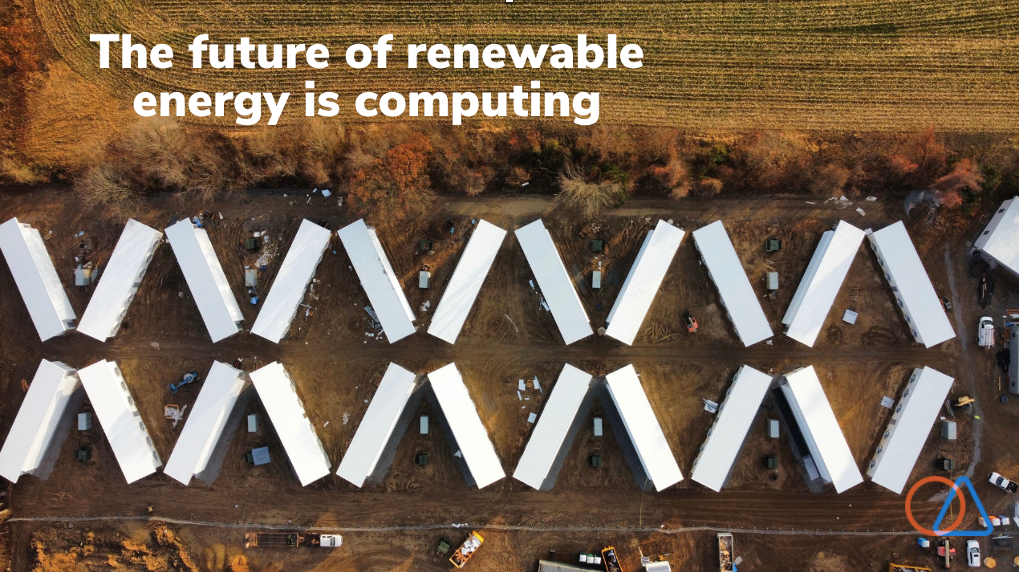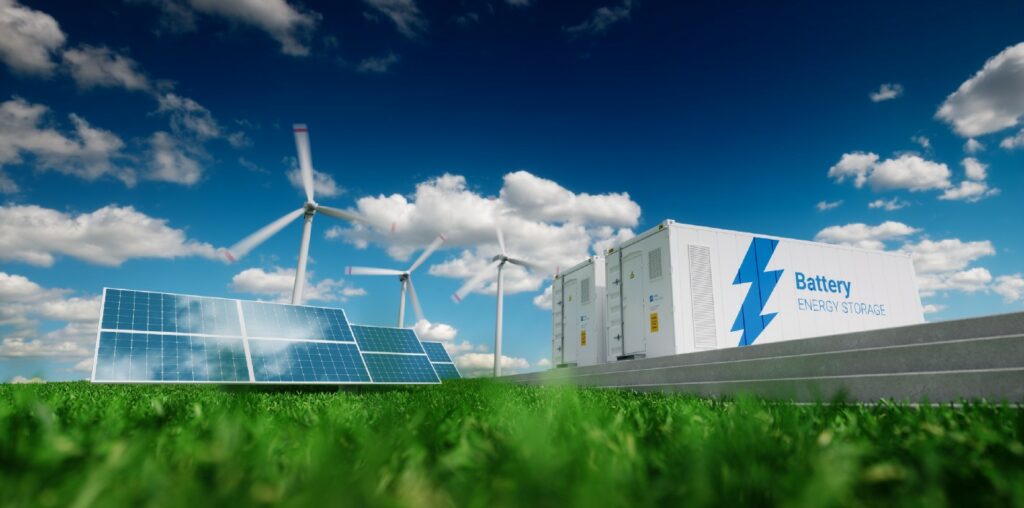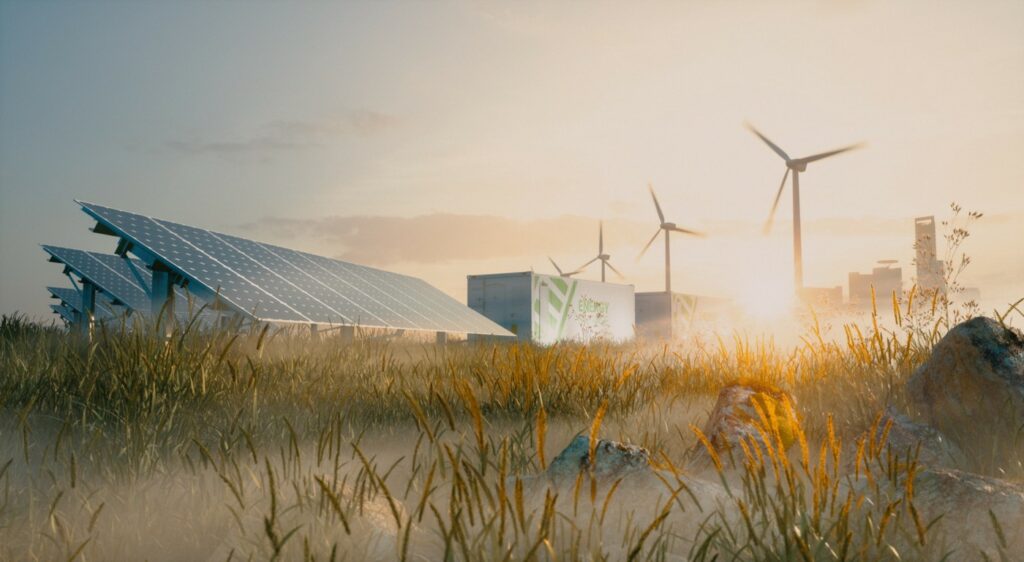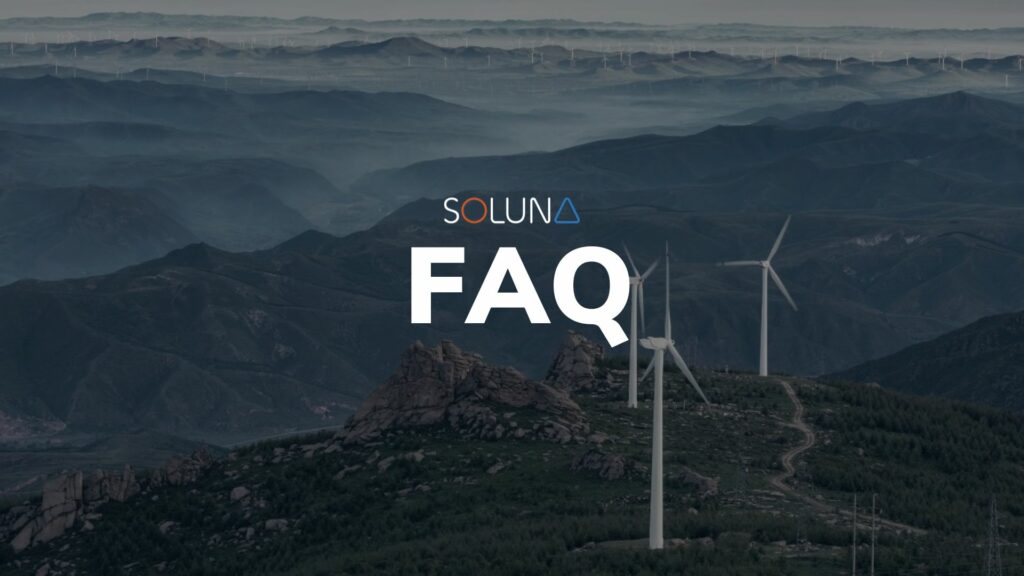by John Belizaire, CEO
We believe the world needs more renewable energy. And we think computing can be a powerful catalyst for meeting that need.
We believe that stranded renewable energy — usable clean energy that often goes to waste — is one of the biggest unsolved problems for the economics of renewable energy.
We believe that Sustainable Computing is not only ready for scale but will play an integral role in solving this problem.
The cost to produce one electron of renewable energy is now cheaper than fossil fuel. That happened in just the past few years, and the momentum keeps growing. In 2022, over $495 billion was invested in the clean energy revolution, up more than $100 billion in 2020.
But that positive trend comes with a challenge. The greener the world becomes, the more the grid’s inflexibility becomes a constraint.
Our grid infrastructure is shackled by old economic models that ruled out change for decades, dated legal frameworks, and a basic need for synchronization between supply and demand.
But renewable energy power plants are driven by a production schedule that is controlled by mother nature — not ERCOT.
The result? A lot of wasted energy.
The problem is growing as more renewables come online to a grid that wasn’t built to be nimble. Our estimate is that around 225 Terawatt hours of renewable energy are spilled globally.
Let’s put that into context:
That’s over 132 million barrels of oil (132,352,941)
Or 26% of the global solar energy production in 2022
Or 14% of the global wind production in 2022
Or $6.75 billion dollars in revenue annually
This much waste puts a tremendous financial burden on renewable energy power plant owners. They are under massive pressure to diversify their revenues.
You might say: well, can’t you store the energy?
You can. But storage solutions are businesses, too, not just technology. Just because Tesla is now the most highly valued car company doesn’t mean that storage is anywhere close to its final state. We’re still sorting out the best technologies for particular applications. Storage is in a state of “beautiful chaos.” The best you can say about the scalability of storage is, “stay tuned.”
Right now, we can’t store our way to greater grid flexibility. Storage hasn’t scaled enough, and there are other aspects of grid flexibility that have to be addressed.
Well, how about transmission?
When the wind is blowing in Oklahoma late at night, you can’t just shoot those electrons at light speed to Atlanta or New York to feed the infinite scrolls of Instagram users or post-COVID coming-out parties.
Just ask Clean Line Energy Partners, which tried to build massive, cross-country high voltage power lines. That company’s no longer in existence in its original form.
And while President Biden wants to build transmission, we need the grid flexibility benefits of transmission now, not years from now.
Computing is ready now.

There is an insatiable, growing demand for computing power that will account for 20% of global energy consumption by 2030. The demand for energy-for-compute will continue to grow, especially as Moore’s Law reaches its zenith.
So, what if we could build data centers that could buy excess renewable energy that would otherwise be wasted?
What if we could develop computing’s power demand so it follows power generation, rather than wait for the infrastructure to allow us to go the other way around?
What if we had a more eco-friendly, lower-footprint power demand, able to use the power when power plants needed to sell their excess energy?
This solution meets growing market demand. Put yourself in the shoes of a power plant owner.
First, when you have excess energy, you want a demand for it that’s local, not requiring big expensive transmission lines that are in short supply. Second, you want that load to use just the amount of energy that is available and no more. And third, you want to sell that power at a reasonable price instead of losing money because there’s no one who needs the power.
The solution is a data center that is power-dense relative to its footprint, modular so it can be built to the size needed, and designed to ramp up or ramp down as power is available.
That’s better than a battery because instead of paying to store electrons, it instantly converts them to an immediately usable form.
I’m talking about data centers designed to serve the fast-growing market of batch-oriented, compute-intensive markets such as cryptocurrency mining, artificial intelligence, machine learning, and scientific computing.
Soluna is building a solution that can be offered on a global scale. By bringing demand to power plants we take an otherwise wasted resource and apply it to the growing, worldwide demand for highly intensive computing: a fast-growing, batch-oriented market.
We are helping power plant owners reach their revenue goals by making money where they now lose it on wasted energy.
We are helping the data scientists of the world solve the world’s most pressing problems, to do so with the comfort that they are making solid business decisions and are not destroying the planet.
We have a large growing global pipeline and partnerships with some of the world’s top infrastructure partners.
With Soluna, they can SELL. EVERY. MEGAWATT.
Renewable energy should be a global superpower; computing is the catalyst.
This article was originally published on December 7, 2021, and updated on March 27, 2023.



